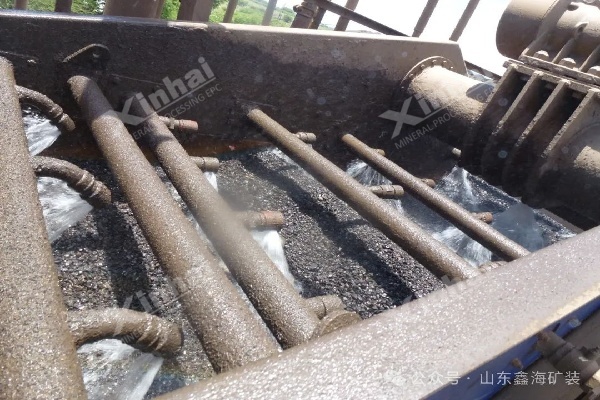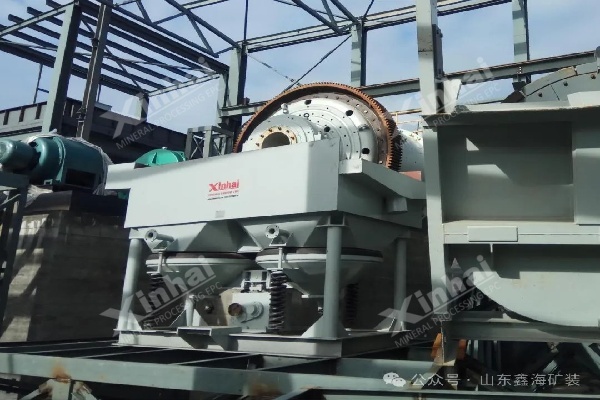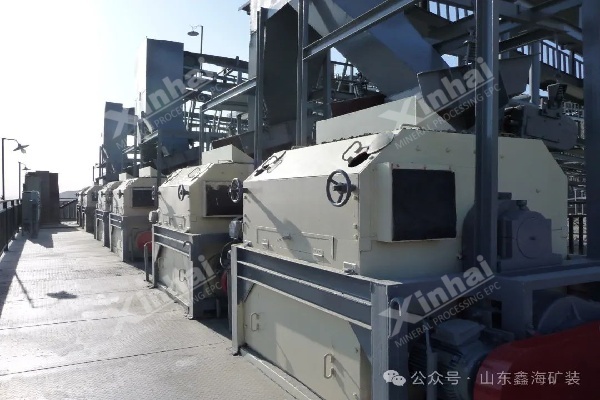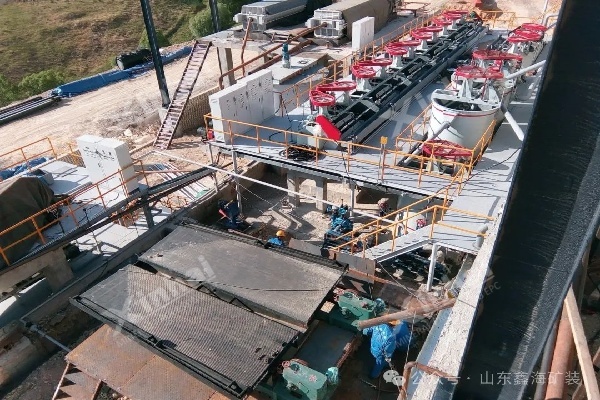If you want to know more information (such as product/process price, etc.), please contact us 24-hour telephone
Manganese is an essential metallic element, widely distributed in nature, and found in nearly all types of ores and silicate rocks.
In modern industry, manganese and its compounds are primarily used in steelmaking and ironmaking, especially for deoxidation, desulfurization, and alloy production.
Naturally occurring manganese ores used for industrial purposes are mainly classified into manganese oxide ores and manganese carbonate ores.
Among them, manganese oxide ores are commonly composed of minerals such as pyrolusite, psilomelane, and other manganese oxides. The associated gangue minerals are primarily silicates, along with carbonates, and the ores are often accompanied by impurities such as iron, phosphorus, nickel, and cobalt.
Due to the significant variation in ore properties, manganese oxide ores are usually processed using a combination of methods, including ore washing, gravity separation, magnetic separation, flotation, and combined beneficiation techniques.

The washing process is a traditional and essential pretreatment method for manganese oxide ores. It is used to remove surface clay and mud from high-grade manganese ore before direct smelting, or to eliminate clay, impurities, and part of the gangue minerals from complex or refractory ores, thereby improving the efficiency of subsequent beneficiation and smelting processes.
Commonly used equipment includes vibrating screens, drum washers, and trough washers, and typically involves two to three cycles of hydraulic rinsing or mechanical scrubbing.
The combined operation of washing and screening significantly enhances raw ore quality and creates more favorable conditions for downstream separation processes such as gravity separation, magnetic separation, or flotation.

The gravity separation of manganese oxide ore is mainly based on the difference in specific gravity between manganese minerals and gangue. This method is carried out using equipment such as jigs, shaking tables, spiral chutes, and centrifugal concentrators.
Jigs are suitable for processing coarse to medium-sized particles.
Shaking tables are used for fine to ultra-fine particles, offering precise separation.
Spiral chutes utilize flowing water to achieve stratification and separation based on density.
Centrifugal concentrators apply intense centrifugal force to enhance the recovery of ultra-fine manganese particles.
For weathered manganese oxide ore with high clay content, washing and desliming are required prior to gravity separation to reduce slime interference.
It is worth noting that gravity separation is most effective for ores with a simple mineral composition and coarse particle size. Its effectiveness is limited for low-grade ores with complex mineral associations and fine dissemination. Therefore, in actual production, gravity separation is often used as a pre-concentration step, and combined with magnetic separation, flotation, or other beneficiation methods to improve the overall processing efficiency and manganese recovery rate.

Magnetic separation takes advantage of the weak magnetic susceptibility of manganese oxide minerals to separate manganese from gangue minerals using a high-intensity magnetic field. This method is especially suitable for the beneficiation of fine-grained manganese ores. Common magnetic separation methods include:
Dry magnetic separation: Suitable for ores with low moisture content; offers stable operation and low energy consumption.
Wet magnetic separation: Ideal for fine-grained ores with high clay content; provides high separation efficiency.
Strong magnetic separation: Utilizes high-intensity magnetic equipment to enhance the separation of weakly magnetic manganese minerals.
High-gradient magnetic separation: Improves the capture efficiency of fine particles and significantly increases the recovery rate.
Due to the complex mineral composition of manganese oxide ores, combined beneficiation processes are often employed to achieve a balance between concentrate grade and recovery rate. The most commonly used combined processes include gravity separation–magnetic separation and magnetic separation–flotation.
Gravity Separation–Magnetic Separation: Initially, strong magnetic separation or high-gradient magnetic separation is used to recover coarse-grained manganese minerals. This is followed by gravity concentration using equipment such as diaphragm jigs, spiral chutes, or shaking tables. Magnetic separation enhances overall recovery, while gravity separation improves concentrate grade. The two methods are complementary, enabling the production of multiple concentrate grades based on economic requirements.

Magnetic Separation–Flotation: This process is well-suited for refractory and low-grade manganese ores with fine dissemination. Flotation of manganese oxide ores is generally considered an auxiliary process due to the hydrophilic nature of manganese surfaces, poor floatability, high reagent cost, and complex process control. The typical process flow involves:
Strong magnetic separation to concentrate weakly magnetic manganese minerals.
Grinding of the coarse concentrate to achieve monomer dissociation.
Flotation to remove gangue impurities and improve concentrate grade.
Fatty acid collectors, such as oleic acid and tall oil fatty acid (TOFA), are commonly used in flotation, with pH adjustment based on gangue mineral composition to optimize separation efficiency.
Conclusion
Manganese oxide ore beneficiation methods are diverse and must be selected scientifically and rationally based on the ore characteristics and production objectives. Before putting a project into operation, a comprehensive beneficiation test must be conducted to thoroughly analyze the physicochemical properties, particle size distribution, and mineral associations of the ore, in order to determine the most suitable single or combined beneficiation process.
In practical applications, combined process flows involving ore washing, gravity separation, magnetic separation, and flotation should be flexibly configured based on factors such as mine resource characteristics, equipment availability, and investment budget. Furthermore, key operational parameters—including grinding particle size, magnetic field intensity, and reagent dosage—must be carefully optimized to maximize both the manganese recovery rate and concentrate grade, thereby enhancing the overall economic efficiency of the beneficiation plant.